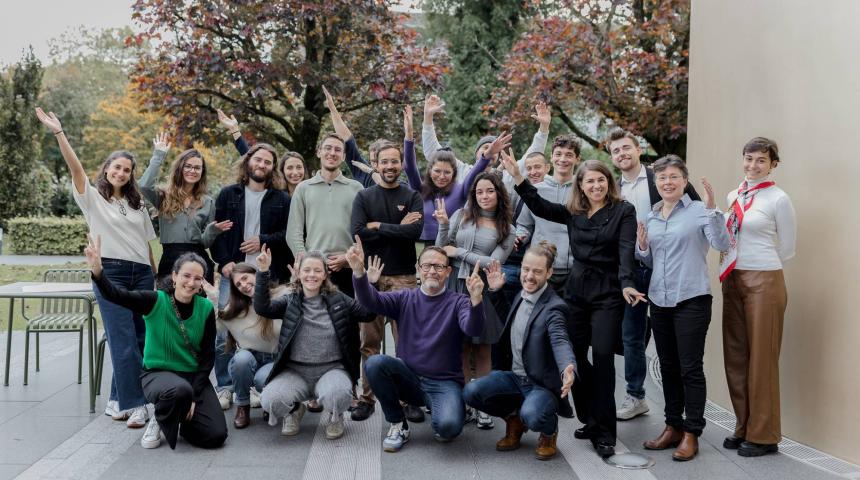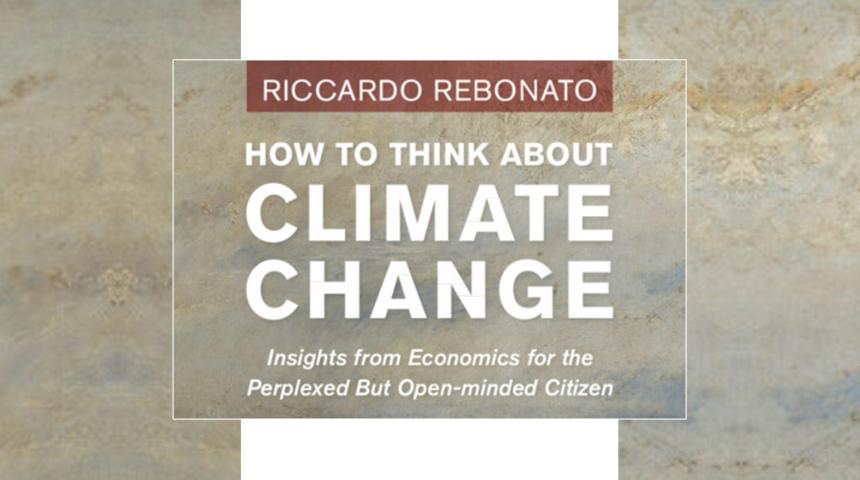Ravi Bansal, J.B.

"You know, the most difficult aspect of the dissertation exercise is to come up with a suitable topic. What makes it hard is that it should be both interesting and doable in some finite time, i.e. one or two years --- this is difficult for most students. Of course you can get great ideas reading articles, that can happen, but I think something that really helps the process is to go to seminars and listen to the interactions between faculty, the speaker and other participants. Listen to the questions that are being asked, because in those questions are topics for future dissertations"
What is your research focus?
I work on a wide range of issues in financial economics. An important theme of my research, as typified by my Long-Run Risks model, is about aggregate economic risks and their impact on financial markets in determining equity prices, bond prices, and exchange rates. More specifically, I am interested in questions regarding risks that determine the equity premium, term-structure of interest rates, and the expected returns of various macro-trading strategies.
I have two additional research themes that are also central to my interests, credit market liquidity and climate change and finance. My research on liquidity concerns itself with issues about optimal policies regarding government debt and short-term private debt, particularly in high-volatility environments. The research on climate change explores how climate change can impact long-term growth and risk in capital markets.
You gave an elective at EDHEC on long run risks. Can you tell us more about the objectives of the course and about long run risks in general?
The course covered general equilibrium consumption-based asset pricing models which provide the basis for new thinking about the equity premium, the risk-free rate, and a number of central puzzles in finance, such as asset price volatility, the large differences in returns in the cross-section of assets e.g., between value and growth stocks, and the term structure of interest rates.
The course focused on my Long-Run Risks model; the central idea of this model is that concerns about long term economic growth and uncertainty in the economy drive a wide range of issues in capital markets. Armed with this kind of model, you can explain why there is a large equity premium, why there are large fluctuations in asset prices, why bond risk premiums are low and predictable, why the yield curve is upward sloping and how these will respond to changing uncertainty and changing growth rates. In all one can explain a wide range of economic and capital market phenomena with this model.
The model includes investors who have a preference for early resolution of uncertainty in the presence of long-run risks; it’s a very convenient and easy model to work with as it offers tractable analytical solutions. The model changes the focus of the existing research from short-run risks to the role of long-run risks in capital markets. A series of my papers laid down the model and provided the empirical evidence to support the long-run risks channel.
Does this fit with your work on climate change as well?
In some sense, it does. My work on climate change is still very much a work in progress.
The idea is to look at how climate change and change in temperatures, which operate at very low frequencies, interact with economic growth; in other words to think about climate as a source of risk for the long-term growth in the economy, and therefore, financial markets.
I use data on equity returns for different parts of the world, and evaluate if there is any link between global temperature shocks and risk-premia in different geographically located markets. The work indicates that that there is a link between temperature shocks and economic growth and risk-premia in different geographical locations of the world, with locations close to the equator being most exposed to temperature risk.
The paper you presented at the workshop was not directly related to either long-run risks and climate change…
Indeed, while it uses some of the same tools or ideas, the paper is focused on the role of volatility in capital markets and the economy. It tries to understand how volatility impacts the consumption decisions of households and, through that, affects equity prices, returns to human capital, and returns to physical capital. The paper provides evidence that if you think about the cross-section of assets, then volatility movements are very important determinants of risk-premia.
Why did you accept to take part in this programme in the very first place, and what was your experience?
There are a couple of reasons. Partly, this is about being asked by some of the people that I respect and like. I have known Rene Garcia and Raman Uppal for a long time and when they approached me about this opportunity, I was honored and delighted to do this. Secondly, I enjoy interacting with students and think that I can help; over the last decade and a half, I have worked extensively with PhD students advising them and writing papers with them.
As for the experience, I thoroughly enjoyed myself.
It was fun to teach a small class of motivated students who were as much interested in the practical applications as well as in the academic side of my work.
You also acted as the external examiner and sat on the dissertation committee of one of the programme’s students, who defended his dissertation just last week. Could you tell us more about this experience and this student’s work?
The student, Daniel Mantilla-Garcia sent his papers well before the planned defense. I read them, and thought that they were well executed. I liked those papers, gave my approval for the defense, and also gave some concrete comments to their author. I was pleased to find that, by the time I reached London to listen to his defense, many of these comments had been seriously integrated into the papers.
The paper on idiosyncratic risk and the cross section of stock returns introduces a new and very interesting proxy for idiosyncratic risk and shows how this measure is related to previous proxies of idiosyncratic variance, among other things. The measure is tractable and simple, and I fully expect that it will be used extensively in practice.
The paper on predicting stock returns using price-dividend ratios introduces a Bayesian Change Point algorithm to adjust for structural changes in the ratio’s mean and estimation error. Daniel finds that this significantly improves the predictive explanatory power of the dividend-price ratio in-sample, as well as its out-of-sample forecasting ability. This is a very well-executed paper and the method used has potential in other applications. Overall, I was quite pleased with the papers and the presentation, so it was an enjoyable experience.
What advice would you give to PhD students who are looking for a suitable topic to work on?
You know, the most difficult aspect of the dissertation exercise is to come up with a suitable topic. What makes it hard is that it should be both interesting and doable in some finite time, i.e. one or two years --- this is difficult for most students. Of course you can get great ideas reading articles, that can happen, but I think something that really helps the process is to go to seminars and listen to the interactions between faculty, the speaker and other participants. Listen to the questions that are being asked, because in those questions are topics for future dissertations.



